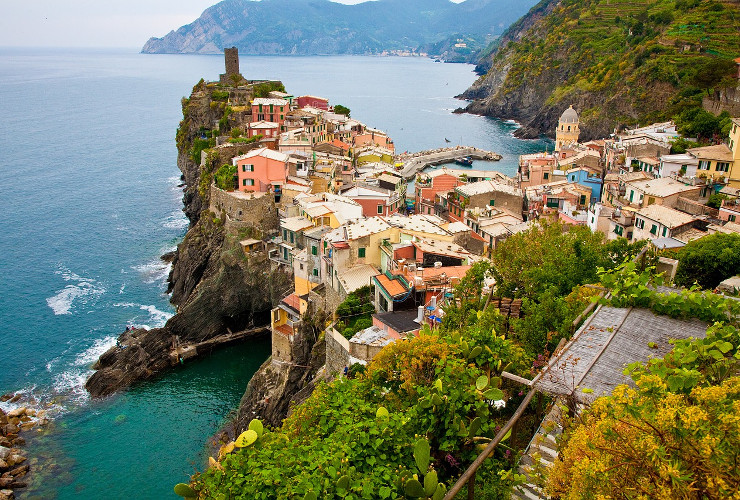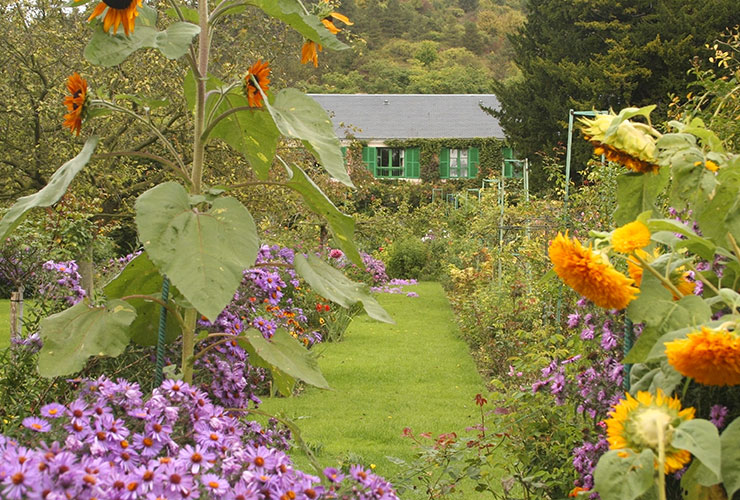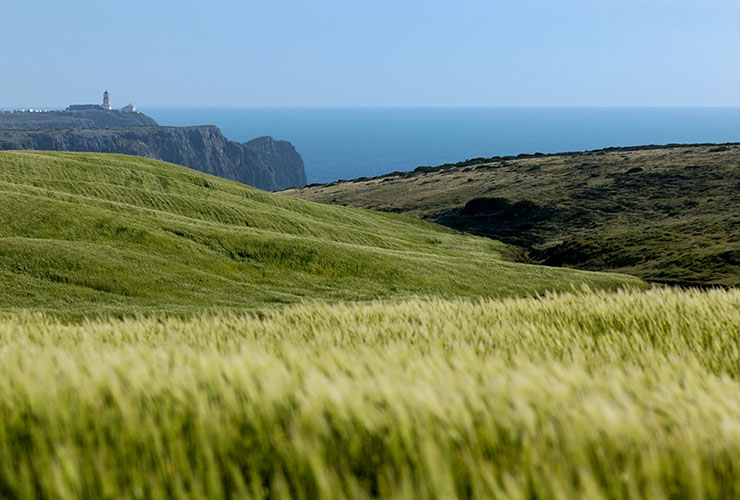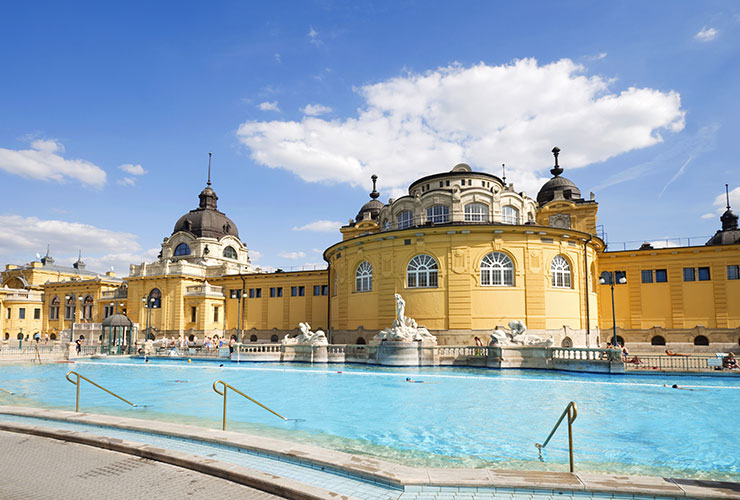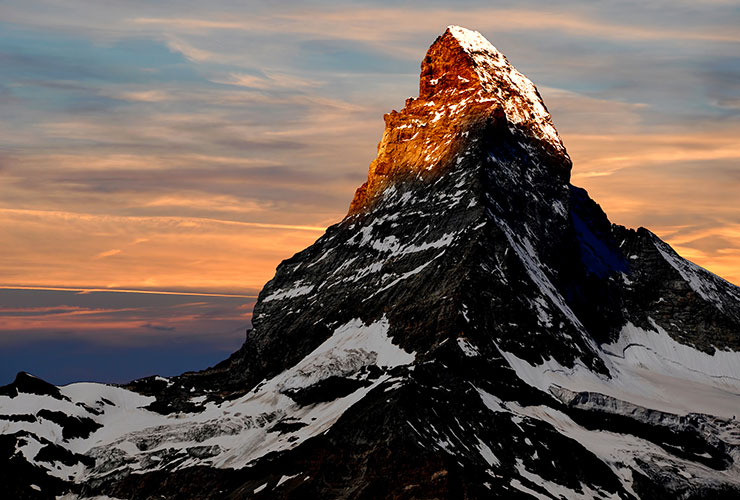Green London Experience
The long garden tradition of England has deep roots and shows itself in the wonderful green spaces of private homes, noble estates and even in large public parks. Although there is a constant increase in population and buildings, London has maintained large green areas and it is now a city where you can find many places to relax in nature.
The love and care for parks and gardens is documented since the 16th century, when the abolition and the consequent closure of many monasteries encouraged the arrangement of several rural areas within the urban complex. Even the English kings at the time became promoters of a policy to protect the city’s greenery and gathered support from Londoners, although most of the large green areas of the capital were royal hunting reservations since the time of Henry VIII. Today the great green areas of the capital are located mainly in the central area ensuring an almost perfect balance between the rhythm of the city and the break given by nature. A singular feature of English parks is the constant presence of several animal species such as deer, foxes and squirrels.
Hyde Park is perhaps the most beloved park in London. Until the early years of the 16th century it was owned by the Abbey of Westminster. Then Henry VIII used it as a personal reserve and one century later the first road for carriages illuminated by street lamps was reached from Kensington Palace to Hyde Park. The Speakers Corner in Hyde Park is an experience not to be missed. Here the government grants to anyone the right to speak and to be heard. Political and religious speakers usually talk freely here standing on a little stool, sometimes revealing an amazing show in the middle of your relaxing day.
Regent’s Park is perhaps the most beautiful park in London and also the largest area for sport in Central London. Inside the park you can find an open-air theater, some pubs and the London Zoo, a nice attraction especially for children. From the south side of the park you can easily reach Regent Street, a long and elegant shopping street famous for its Christmas lights. London also boasts many fine gardens such as the Kensington Garden and St. James’s Park, both ancient royal parks. Kensington Garden borders Hyde Park by way of the Serpentine Lake, while St. James’s Park is reached via a long bridge from which you can enjoy an amazing view of Buckingham Palace and the daily spectacular Changing of the Guard at 11:30 a.m.
The cult of green spaces is also typical of the entire region starting from the London suburbs. The Kew Gardens are home to more than 30,000 species of plants. The Temperate House is a greenhouse in iron and glass built in 1859 containing plants from all over the world, particularly tropical varieties. Richmond Park, originally a royal hunting reserve in the 17th century, today instead hosts many animals within it.
For centuries authors have written about the charming English gardens, exalting their botanical abundance. The UK boasts the richest gardens in the world and, in fact, the primary botanical events worldwide still remains within the borders of the country. The Chelsea Flower Show has since 1913 been a wonderful exhibition organized every year in late May by the Royal Horticultural Society at the Royal Hospital Chelsea. Just for this reason alone it would be worth to plan a vacation in London and the UK!
Highlands Experience
The Highlands are the symbol and the true heart of Scotland. Rugged, faraway and uncommon, the Scottish region of highlands and islands is one of the last wild oases in Europe. The Highlands are composed of granite and sandstone mountains and characterized by its pristine nature. Here you can encounter the highest peaks in UK (the Cairngorms) and the most spectacular “glens” (deep narrow valleys), as well as archaeological sites, mysterious monsters of the lakes and several colonies of seabirds. In the Highlands you will find few inhabited villages while wandering for hours in pure nature, surrounded only by moors, lakes and pine forests. The Highlands landscape has fed legends and ballads for centuries and its stunning setting surely will delight photography lovers.
The lively city of Inverness is the gateway to the Highlands and the ideal starting point to explore the region and its many castles and lakes, “lochs” in Gaelic (actually the word does not perfectly match the common concept of lake, but sometimes also refers to a narrow inlet or marine bay, such as the Norwegian fjords).
Loch Ness is a freshwater lake located in the Scottish Highlands south-west of Inverness. Rather than for any specific geographic feature, it is famous for the sightings of the legendary Loch Ness monster, Nessie, a supposed prehistoric monster thus named because of the lake. In 565 St. Columban, the Irish monk known in Celtic countries as a destroyer of monsters and dragons said he saw a large creature in the lake. Since then there have been thousands of sightings, but the legend remained limited to the lake. Only in 1933 the legend spread across the Scottish borders because a couple of tourists declared that they had seen an enormous monster emerging from the Loch Ness waters shortly before disappearing again. Legend or reality? There have been many attempts to plumb the lake bottom, yet no one ever found anything, so the legend of Nessie is still surrounded by mystery.
The Urquhart Castle is the most fascinating point to admire the Loch Ness. It overlooks a beautiful bend of the lake and you can climb its tower to enjoy a landscape which surely will remain engraved in your heart. The valleys and forests of the Loch Lomond & the Trossachs National Park are ideal for adventure lovers. Here you can bike along the windy coast or indulge in the observation of the wildlife, not to mention water skiing and golf. We also suggest visiting the magical and almost disquieting Skye Island and a trip to Glencoe, one of the most evocative places of Scotland. The period between May and September is the best time to visit the Highlands, whose dramatic nature manifests itself in all its gentleness and wildness.
 Hire Expertise
Hire Expertise Bespoke Itineraries
Bespoke Itineraries Travel Carefree
Travel Carefree